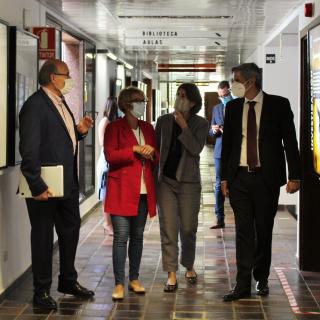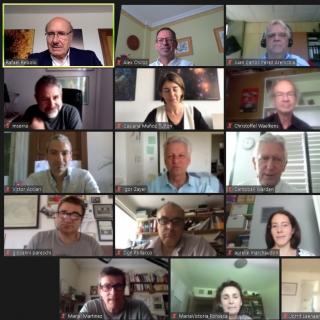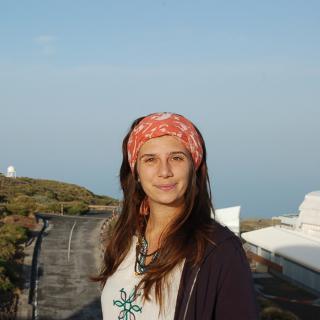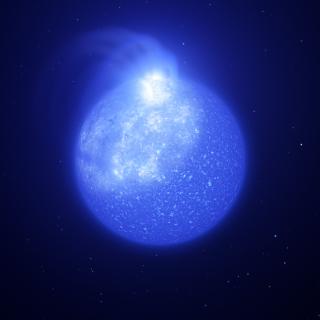
Elena Máñez Rodríguez, the Head of the Department of Economy, Knowledge and Employment of the Canary Government paid a visit this morning to the headquarters of the IAC in La Laguna, together with Carlos Andrés Navarro Martínez, the Director of the Canary Agency of Research, Innovation and the Information Society (ACIISI).
Advertised on




